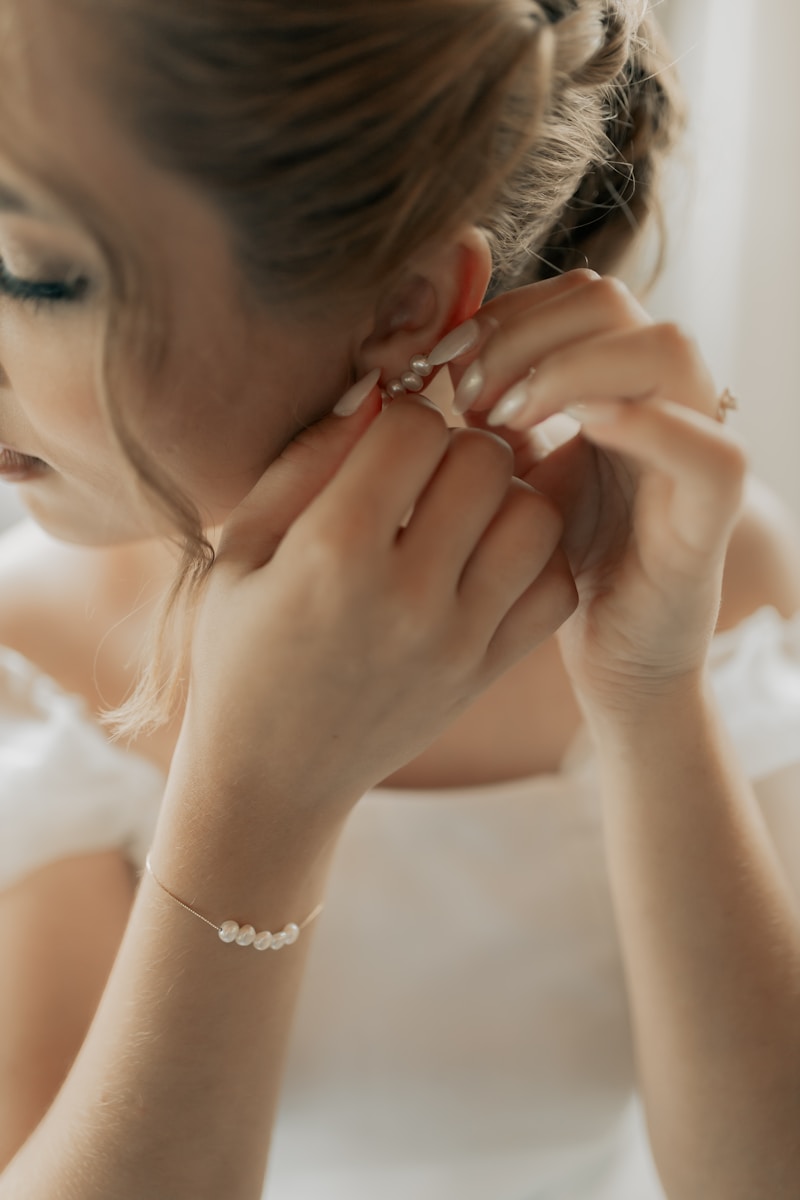Introduction: A Tale of Two Metals
Few materials have carried as much symbolic weight as gold and silver. They glitter in jewelry stores, line the crowns of monarchs, and weave through the language of achievement itself—gold medals, silver linings, golden ages, silver screens. But beyond their market value, these metals embody competing aesthetics and moods. Gold is bold, radiant, and extroverted; silver is sleek, subtle, and modern. Ask someone which they prefer, and you’re not just inquiring about style—you’re peering into their sense of identity. The debate between gold and silver is less about metallurgy than about psychology, culture, and how we want to be seen.
The History of Gold: Radiance and Power
Gold’s allure is ancient. Civilizations from Egypt to the Inca revered it not only for its beauty but for its seeming immortality. Unlike other metals, gold resists tarnish and decay, making it a natural symbol of eternity. Pharaohs were buried in golden masks, Aztec emperors hoarded it as divine material, and medieval kings wielded it to reinforce their authority. To wear gold was to wear the sun itself—warm, life-giving, and commanding.
In the modern world, gold still carries this aura of triumph. It crowns the Olympics, glitters on wedding bands, and signals opulence in fashion. When designers reach for gold, they summon drama. A chunky chain, a gilded gown, or even a hint of gold hardware on a handbag announces confidence. Gold is the voice that doesn’t whisper; it sings.
Silver’s Story: Moonlight and Modernity
Silver, by contrast, is the metal of cool restraint. Where gold reflects the sun, silver channels the moon. Ancient cultures used it in ritual objects, associating it with clarity, purity, and healing. Its relative softness compared to gold made it easier to shape into intricate patterns, leading to centuries of delicate silver filigree in jewelry and tableware.
But silver’s modern reputation owes much to technology. In the 20th century, stainless steel, chrome, and aluminum—shiny cousins of silver—dominated architecture and product design. Skyscrapers, cars, and appliances gleamed with silvery sheen, embedding the metal in the language of modernity. Today, sleek silver jewelry or minimalist metallic interiors echo this lineage. Silver whispers sophistication without needing to shout.
Gold as the Language of Celebration
Gold’s flamboyance makes it the natural metal of celebration. Think of Bollywood weddings dripping in gold bangles, or Catholic cathedrals with altars awash in golden light. Gold signals abundance—sometimes even excess. It thrives in contexts where joy is collective, loud, and communal.
In fashion, gold is the friend of maximalists. Versace runways, Beyoncé’s stage costumes, and Rococo interiors all revel in gold’s unapologetic shine. Wearing gold says: look at me, I’m here, I refuse to be background. For personalities drawn to glamour and drama, gold feels like a second skin.
Silver as the Metal of Subtlety
Silver appeals to those who prefer nuance. Its cool tones pair easily with most colors, making it versatile. Silver jewelry can be layered discreetly, polished for elegance, or left tarnished for bohemian grit. Where gold risks gaudiness, silver maintains understatement.
The association with technology also gives silver an aura of futurism. Think of the sleekness of Apple laptops, the elegance of silver watches, or the timeless modernity of Art Deco chrome. Silver suits minimalists who want to project clarity and control without losing edge. If gold is champagne, silver is sparkling water—refreshing, precise, and never overwhelming.
Skin Tone and the Personal Side of the Debate
Of course, part of the gold-versus-silver question is pragmatic: which flatters the wearer’s skin tone? Warm undertones often glow in gold, while cool undertones harmonize with silver. But this binary is softening. Fashion today celebrates mixing metals—layering gold and silver rings, stacking bangles, or pairing a golden chain with silver hoops. The clash once considered taboo now feels daring and eclectic.
This shift reflects broader cultural changes. As identities grow more fluid and less bound by rigid categories, fashion embraces the in-between. You don’t have to choose one metal forever; you can let mood, occasion, or outfit dictate your choice. Gold for the party, silver for the workday, and both together for the unexpected.
Psychology of Preference: Boldness vs. Restraint
Our metal choices often reveal deeper aspects of personality. Studies in consumer psychology suggest that gold appeals to those who seek visibility and affirmation, while silver resonates with people who value subtlety and control. Neither is better—they simply signal different ways of navigating the world.
Interestingly, cultural background shapes these preferences too. In South Asia and the Middle East, gold dominates traditional jewelry, making it a symbol of heritage and continuity. In Scandinavian countries, silver’s understated coolness aligns with minimalist aesthetics. Choosing one metal over the other often reflects not just individual taste but cultural narrative.
Mixing and Matching: A Modern Compromise
While the debate may feel eternal, the truth is that fashion rarely stays binary. Increasingly, designers blur the line between gold and silver, creating hybrid pieces that celebrate contrast. A silver watch with gold accents, a two-toned engagement ring, or layered chains in mixed metals reflect a growing appetite for complexity.
This mixing carries symbolic weight too. It suggests that identity is not all boldness or all subtlety, but a mosaic. The coexistence of metals mirrors the coexistence of moods—one day fiery, the next calm, sometimes both at once. In that sense, the battle between gold and silver is less a duel and more a dance.
Beyond Jewelry: Metals in Everyday Aesthetics
The gold-versus-silver debate extends beyond jewelry into broader design. In interior spaces, gold fixtures add warmth and luxury, while silver and chrome create cool modernity. In cars, gold-toned interiors feel opulent, while silver paint jobs promise sleek futurism. Even in language, the metaphors differ: a “golden age” suggests flourishing and grandeur, while a “silver lining” speaks of hope amid hardship.
These associations seep into daily decisions. When you choose a smartphone case, a watchband, or even kitchen utensils, you’re unconsciously leaning into the symbolism of one metal or the other. Our environments glimmer with these subtle choices.



